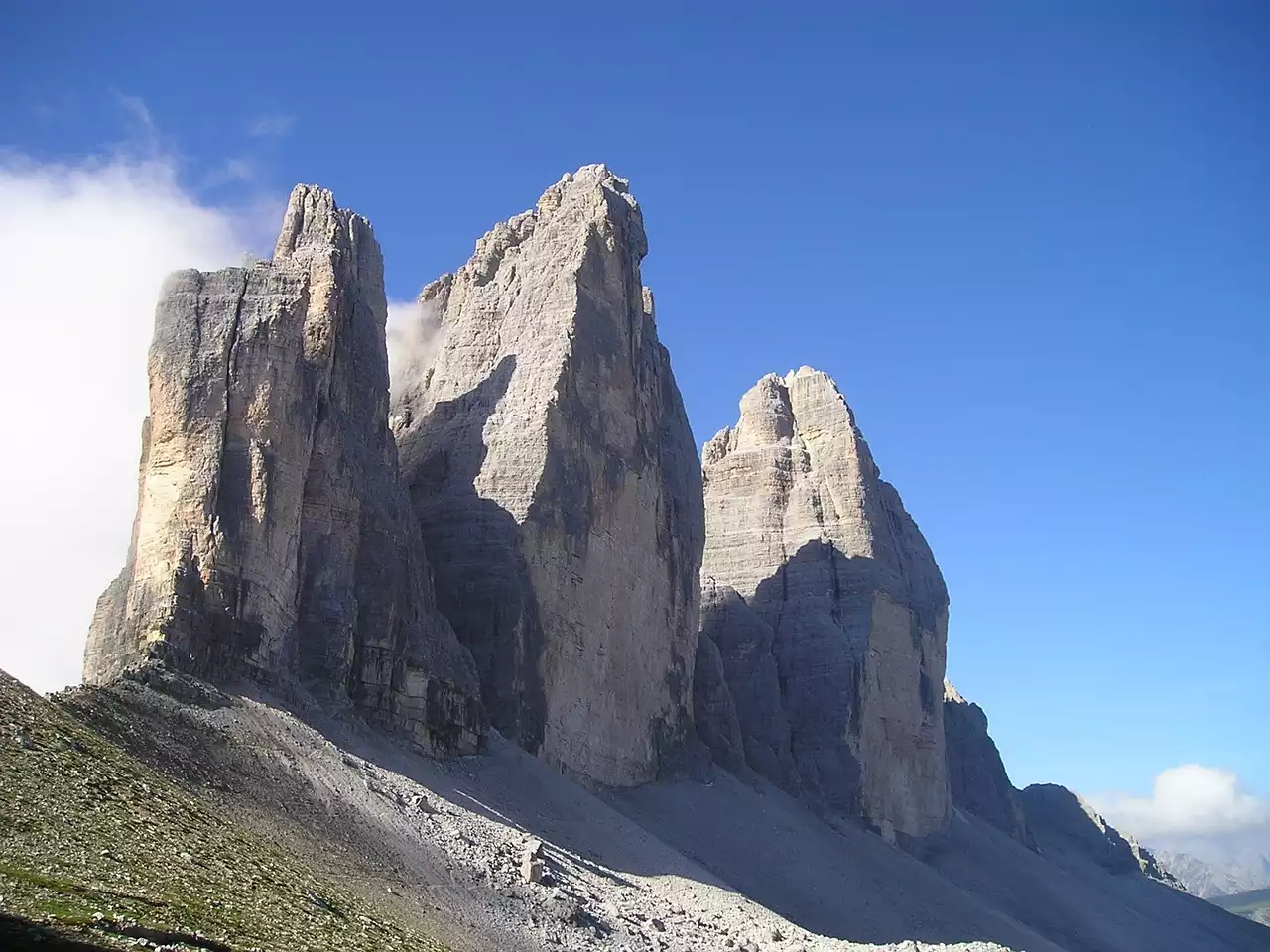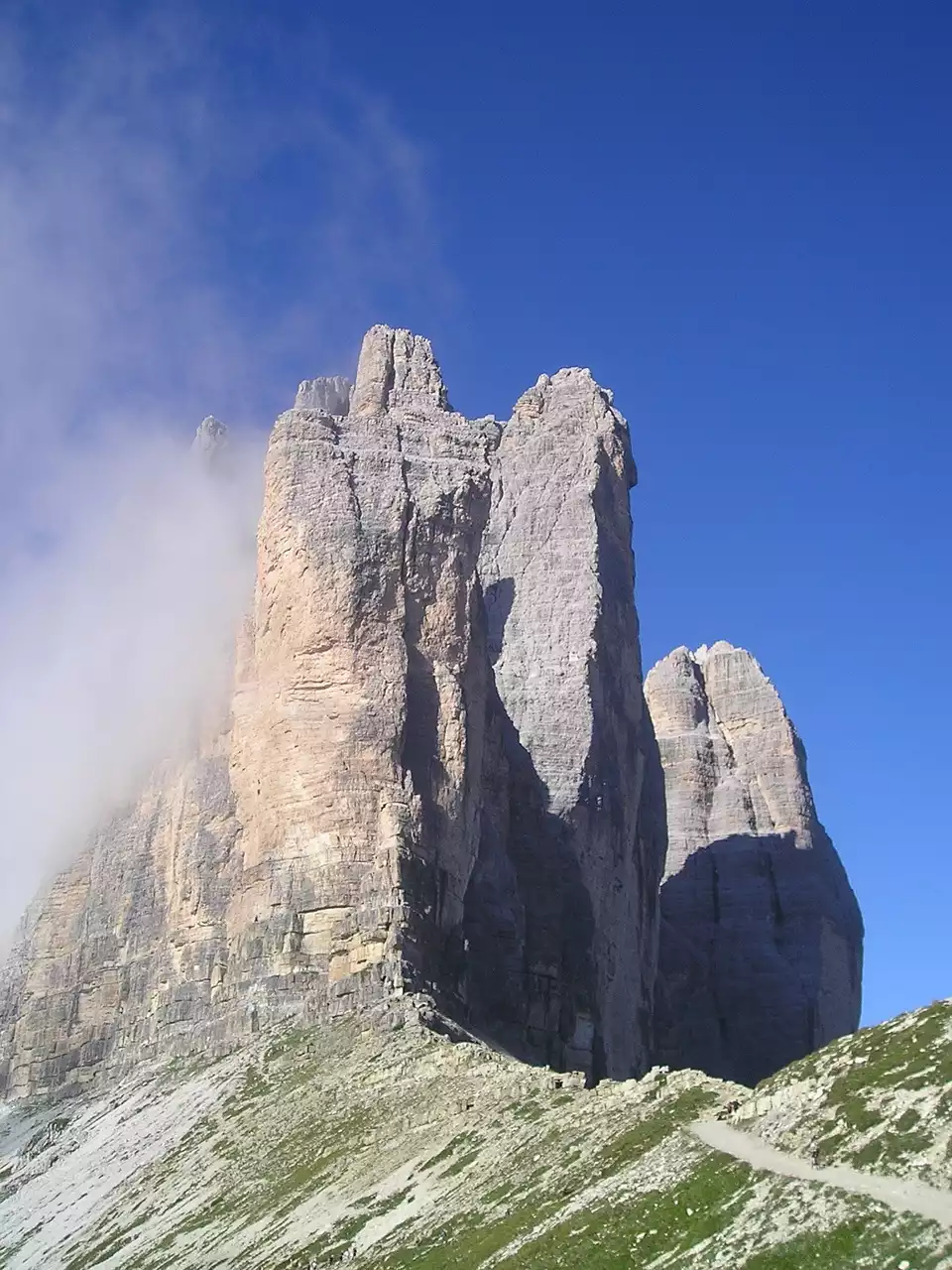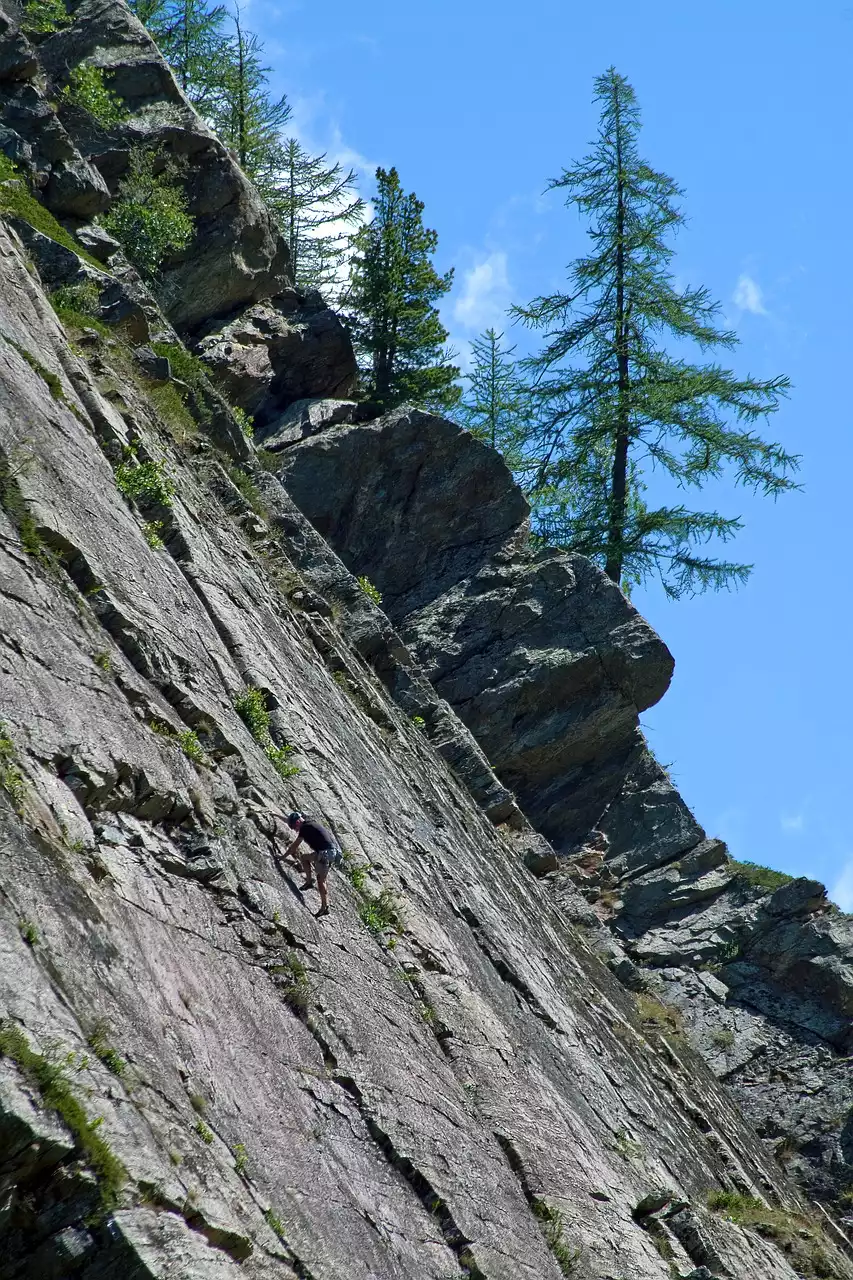Overview of rock climbing
Rock climbing can be broken down into two main types of climbing: top roping and lead climbing. Top roping involves the climber starting at the top of the route and lowering themselves down using a rope or harness. Starting at the top of the route is called “top roping” because the climber will have to rappel (descending) their way down to the bottom. When rappelling, the climber holds onto the rope while they rappel down by sliding the rope through the friction device attached to the rappel unit (typically a carabineer). The friction device on the rappel unit is used to break the climber’s fall so they don’t hit the ground too hard by spreading their weight out over a longer period. While top roping, the climber will usually bring several protection pieces with them to set up anchors. These anchors can be used to belay the climber until they are ready to rappel down and avoid a fall. Lead climbing is a type of climbing where the climber goes off of fixed points or “protection” to ascend the rock face. One type of “protection” used in climbing is a rope anchored into the rock with a carabineer at the end of it. Other types of “protection” include loops of rope tied into the rock that is used to anchor the rope.
Types of rock climbing
Top roping - Top roping is where you rappel down a route while you bring protection pieces with you to set up anchors along the way. There are two main types of top roping - trad and sport.
Trad top climbing is when the route is mostly made up of natural features. Natural features include cracks, hedges, and overhangs. When top climbing using sport climbing techniques, the routes are made up of bolted and drilled features. Sport climbing is normally shown in red and is less dangerous than trad climbing.
Lead climbing - Lead climbing is when the climber can either be on top of or connected to a fixed point to ascend the rock face. It’s important to note that if the climber is leading and falls, they can very easily be injured or even killed.
Essential rock climbing gear
Rope - The rope is the lifeline that connects you to the ground. You’ll need a rope with a breaking strength of at least 8.5 kN (1000 lbs.). The rope is made up of several fibers tightly woven together. If a rope is too weak, it will stretch too much while you’re climbing. On the other hand, if it’s too strong, it will not stretch enough, which can also be dangerous.
Rappellers - When top roping, you’ll need a rappelling device.
These come in two forms - single-rope rappelers and twin-rope rappelers. You’ll typically see single-rope rappelers used on trad climbing. Using a single-rope rappeler, the climber will rappel down the route with one rope.
Progression device - This device helps you determine the best way to rappel down the route. It attaches to your rope and is clipped onto the rappel device so that you have one rope from which to rappel. You can use a progression device on trad as well as sport climbing routes.
Preparing for a climb
Before you go climbing, you’ll want to make sure that you’re prepared. This means a couple of things you should be properly equipped and you should be properly trained. While there is no one right way to climb, you can’t be ready if you’re not properly equipped. Here are a few essential items that you’ll want to bring with you.
Top rope - A top rope is a rope that connects you to the belayer at the ground. You should also bring a carabiner to clip the rope into as well as a Rappel device to rappel down the route. When top roping, the rappel should be positioned so that you can rappel back down to the ground quickly and easily.
Climbing shoes - Climbing shoes are designed to provide the same grip as a gym wall. This makes it easier to climb and allows you to progress faster because you have more control over your feet.
Belay device - This device allows you to safely lower people from the ground. There are two main types of belay devices - mechanical and assisted. Mechanical belay devices are the most common and use a spring or tension to catch the rope and stop it from pulling back on the climber.
Understanding knots and anchors
Knots - A knot is a device used to tie two ropes together. There are two main types of knots used in rock climbing - symmetrical and asymmetrical.
Symmetrical - A symmetrical knot can be untied from both sides. It is most commonly used to tie two ropes together because it’s a symmetrical knot, but it can also be used to tie a gear together.
Asymmetrical - An asymmetrical knot can be untied only one way. It is best used to tie two ropes together because it’s less likely to come untied than a symmetrical knot.
Anchors - Anchors are used to attaching a rope to the rock. They come in a variety of forms such as pitons and bolts.
A piton is a sharp spike driven into the rock to act as an anchor. It’s best used when there is no other anchor available.
Bolt - A bolt can be used as an anchor or to tie a rope.
Preparing for a climb
Before you go climbing, you’ll want to make sure that you’re properly equipped. This means a couple of things - you should be properly equipped and you should be properly trained. While there is no one right way to climb, you can’t be ready if you’re not properly equipped. Here are a few essential items that you’ll want to bring with you.
Headlamp - Most climbing routes are dark and require you to use headlamps to navigate your way down safely.
Rope - A rope is used to rappel when you’re top roping. You should also bring your top rope, rappel device, and rope while top roping.
Belay device - A belay device is used to safely lower people from the ground. It’s best used when you’re top roping because it’s less likely to get hung up than a climber’s hands.






.png?size=50)
